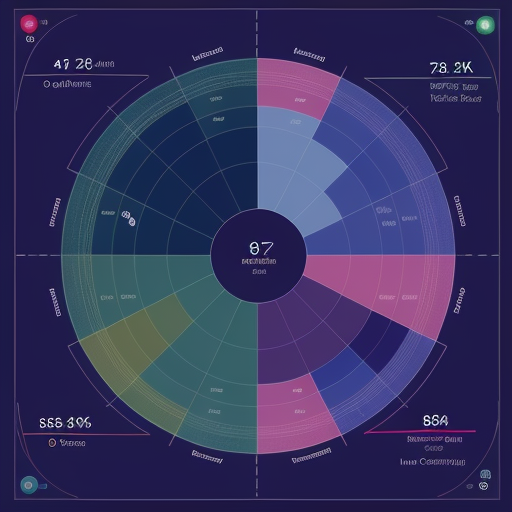A graph is a visual representation of data that allows individuals to easily understand patterns and relationships. Graphs are commonly used in mathematics, statistics, and science to show numerical data on a two-dimensional or three-dimensional plane. They are also often used in business and finance to track trends and make informed decisions.
There are several types of graphs, including line graphs, bar graphs, pie charts, and scatter plots. Line graphs are used to display data over time or to show how one variable affects another. Bar graphs, on the other hand, are used to compare different categories of data. Scatter plots are used in science and research to show the relationship between two variables.
One of the main benefits of using a graph is that it makes data more accessible and easier to interpret. By displaying data visually, individuals can quickly identify patterns and trends that would be difficult to discern from raw data alone. Additionally, graphs can be used to communicate complex information more effectively, making them an important tool for scientists, mathematicians, and business professionals alike.
